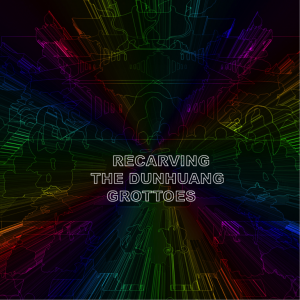Friday, November.18, 4:30 to 6:30pm, CWAC156
Recarving the Dunhuang Grottoes: A study on the roles of architecture in the process of copying Buddhist Pure Land landscapes
Zhenru Zhou, Ph.D. Student, Art History, University of Chicago
This project focuses on the roles of Chinese Buddhist architecture in the process of image-making, which may exist beyond the boundaries of media, regions and eras. Based on a close formal reading of the Contemplation Sutra painting on the north wall of Mogao Cave 172 (705-770 AD) – one of the best-known Western Paradise depictions among the Dunhuang murals – the study reveals key parallels between the imaginary Chinese Buddhist architecture and the imitative Pure Land landscapes. A theoretical reconstruction of the Pure Land architecture in the painting’s main scene interprets the viewing experience of the painting, wherein the representational techniques enhance the engagement of the viewers. An integrated installation then explores how architecture evokes viewers’ imagination of a Buddhist utopia by using multiple light sources and scaled spaces, in view of the narrative and instructional functions of the side paintings.
Friday, November.18, 4:30 to 6:30pm, CWAC156
Persons with concerns regarding accessibility please contact Yunfei Shao(yunfeishao@uchicago.edu) or Zhiyan Yang (zhiyan@uchicago.edu)
